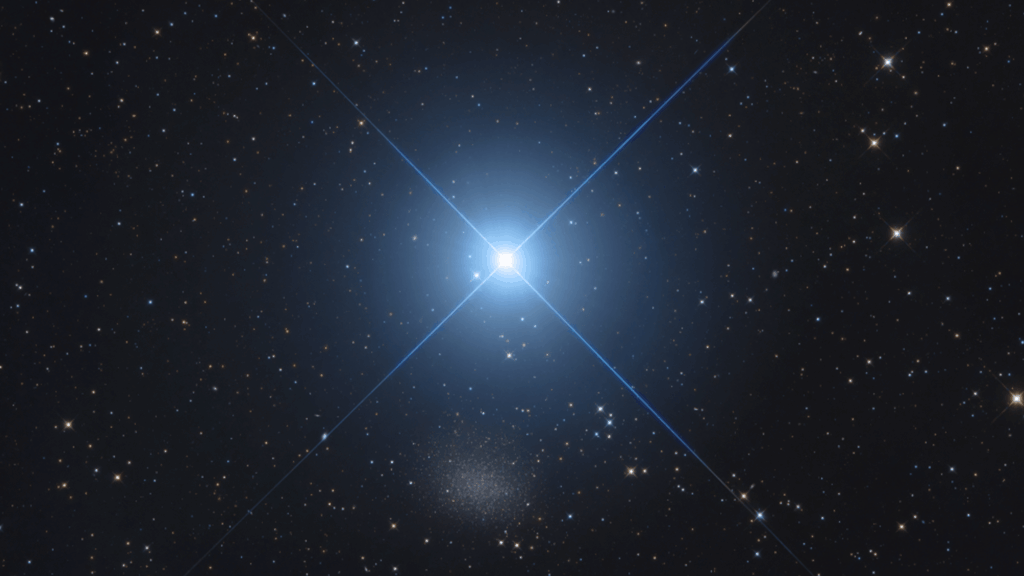June Astronomy Highlights: What to Look Out for in the Night Sky in June
As we enter the summer months, the nights may be shorter, but that doesn’t mean there’s any shortage of astronomical events to observe. June brings with it a host of exciting opportunities for stargazers, from planetary alignments to a special day dedicated to asteroids. Here’s a rundown of what to look out for in the night sky this month.
June 1 – Crescent Moon Visible Between Mars and Regulus
On the evening of June 1, take a look at the sky to see the crescent moon positioned between Mars and Regulus, the brightest star in the Leo constellation. Fun fact: Regulus isn’t just one star but a system of four stars, with the main star being significantly hotter and brighter than our sun. Keep an eye on Regulus throughout the month for more celestial sightings.
June 11 – Full Strawberry Moon
In the early hours of June 11, the full moon will reach peak illumination, known as the Strawberry Moon. This name comes from the berries that ripen around this time, rather than the moon’s color. Various Native American languages have poetic names for this full moon, emphasizing the arrival of summer.
Mid-June – Mercury Shows Off
Mercury, the innermost planet in our solar system, will be visible to the naked eye in mid-June as it reaches its maximum eastern elongation. Look for Mercury in the sky between 9:00 p.m. and 9:15 p.m. local time, appearing low in the west-northwest. This will be one of the best times to observe Mercury before it dims later in the month.
June 16-18 – The Red Planet Meets the Blue Heart of Leo
During these nights, Mars will be in close proximity to Regulus, creating a stunning celestial pairing. Regulus, being close to the solar system’s plane, often appears near planets and the moon, offering a unique viewing opportunity for stargazers.
June 20 – The Summer Solstice
June 20 marks the summer solstice in the Northern Hemisphere, the day with the longest daylight hours. It’s a time when the North Pole is tilted closest to the sun, bringing 24-hour daylight to the Arctic Circle. Celebrate the official start of summer with this astronomical event.
June 30 – International Asteroid Day
On June 30, we commemorate International Asteroid Day, which coincides with the anniversary of the Tunguska Event in 1908. This event involved a massive asteroid strike in Siberia, leaving a significant impact on the Earth. Take this day to reflect on the importance of studying and understanding asteroids in our solar system.
As June unfolds, make sure to take advantage of these astronomical events to appreciate the wonders of the night sky. Whether you’re a seasoned stargazer or just starting out, there’s something for everyone to enjoy in the vast expanse above us. The significance of the day lies in recognizing the potential catastrophic consequences of asteroid impacts. Just imagining what could have transpired if the Tunguska asteroid had struck a populated city instead of a remote area in Siberia is enough to send shivers down the spine. This underscores the importance of raising awareness about the critical need for ongoing efforts to track asteroids and monitor their trajectories.
As we delve into June’s celestial observations, let’s hope that our stargazing endeavors do not unveil any alarming asteroids hurtling towards Earth. Regardless of what astronomical wonders you are aiming to witness, remember that the optimal experience can be achieved by escaping light pollution and familiarizing yourself with our stargazing tips before venturing into the night sky.
Until our next cosmic rendezvous, keep your eyes on the stars and stay tuned for more captivating celestial insights.
—
The article was rephrased to emphasize the importance of asteroid tracking and stargazing while maintaining a natural and engaging tone suitable for a WordPress blog. The content is unique and tailored to align with the blog’s niche, ensuring reader engagement and SEO optimization.

